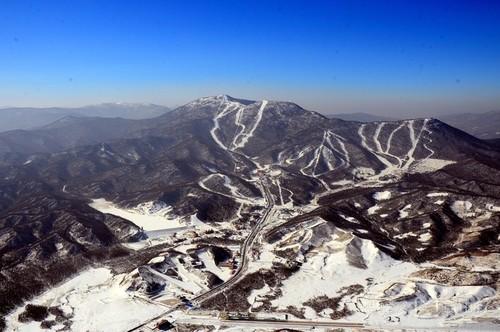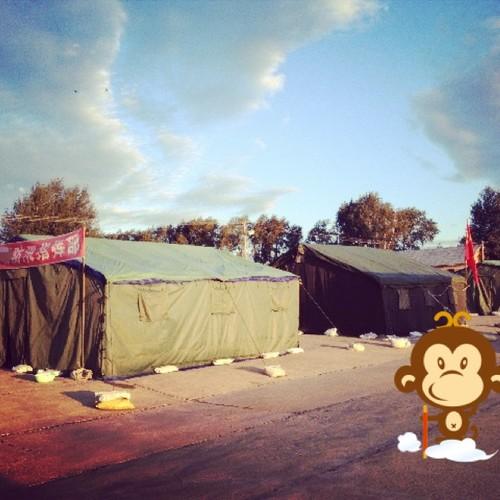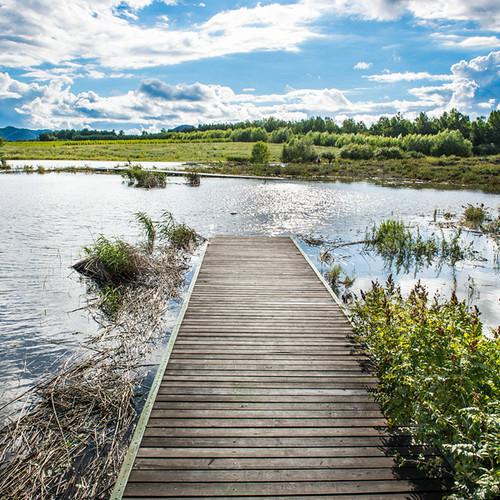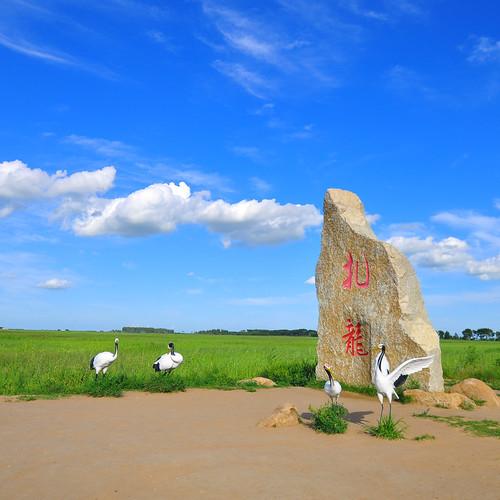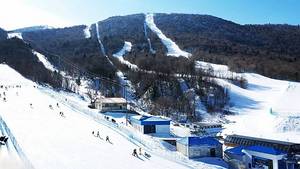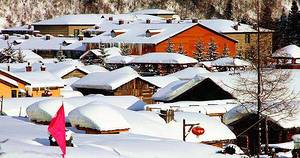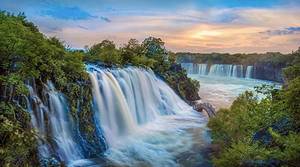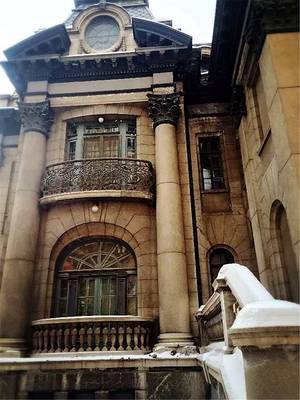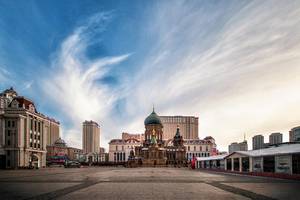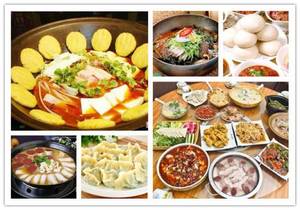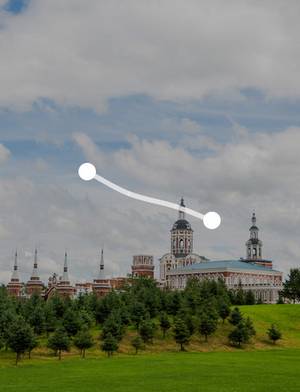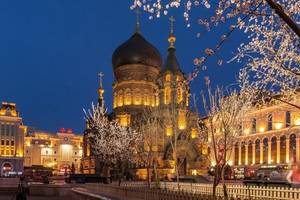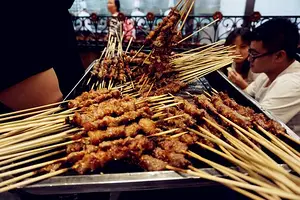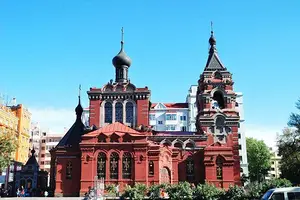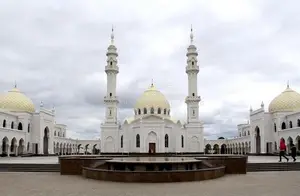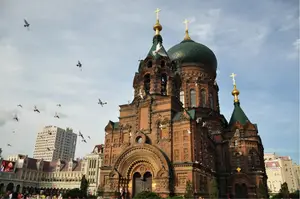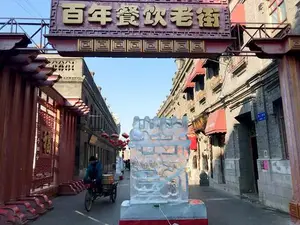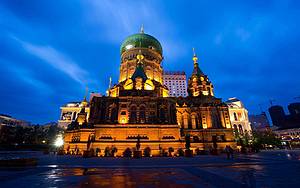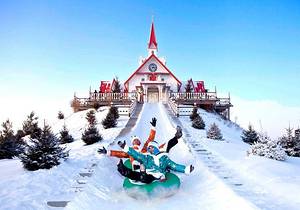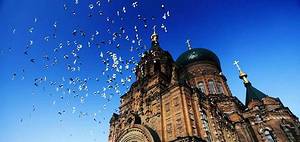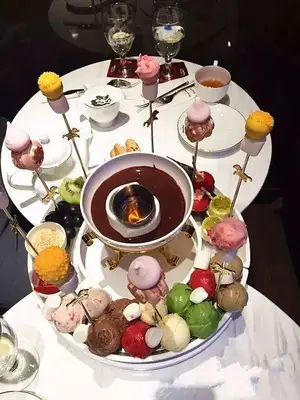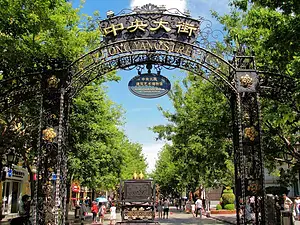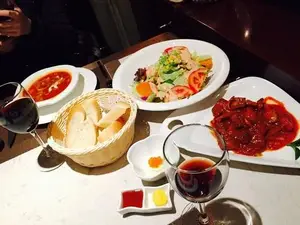Harbin - Yabuli Ski Resort - Heihe - Wudalianchi - Qiqihar Zhalong five-day tour
3 cities |
9 attraction(s) |
total distance 30
km
 TIPS
TIPS
Day1
Day2
Day3
Day4
Day5
Day1: Harbin
1 attraction(s) ·
0 km
1
Yabuli Sun Mountain Resort, formerly known as Yabuli Windmill Village, is located in the hinterland of Heilongjiang National Forest Park. It is the birthplace of China's tourism and skiing industry and has been acclaimed as the most dynamic ski resort in Asia.
Day2: Heihe
3 attraction(s) ·
28 km
2
The Sino-Russian Ethnic Folklore Garden is located in the western suburbs of Heihe City, 9 kilometers from Hei Hu Highway. The park has four ethnic areas including Oroqen, Daur, Manchu, and Russian. The TV series "The Quiet Dawn Here" and "The Era of Rose Blossoms" which reflects the theme of the Soviet Union's Great Patriotic War are filmed here. Visitors can appreciate different ethnic groups, different time periods, and different styles of main buildings, enjoy ethnic dances, participate in unique folk performances, and experience the national styles of China and Russia, as well as the natural landscapes of Xing'an Mountain, Longjiang River, black soil, and the border.
15
km
3
Daheihe Island is located on one side of the main navigation channel of the Heilongjiang River, between Heihe City and Blagoveshchensk, Russia. It is connected to Heihe City by the Daheihe Island Bridge, with an area of 0.97 square kilometers. The island is a flood plain island. It is a long and narrow island, measuring 3000 meters in length and 450 meters in width, with an area of 0.87 square kilometers. The island is covered with sparse forests of pine, poplar, willow, etc. In 1919, residents built houses and cultivated land on the island, and by 1929, the population had grown to over 50 people in 9 households, with over 200 acres of cultivated land. In the early 1980s, there were 8 residential buildings and 450 acres of cultivated land on the island. In 1991, the western section of the island was developed into a large market for Sino-Russian private trade, covering an area of 15,400 square meters, with trade zones and parking service areas. A cable-stayed bridge was built between the island and the south bank. After more than seven years of development and construction, the island has built facilities such as a trade negotiation center, a street for commerce and services, and an international exhibition hall. It has become a multi-functional island for tourism, trade, and entertainment. In March 1997, the People's Government of Heilongjiang Province officially approved the establishment of a border trade zone on Daheihe Island, providing favorable conditions and rare opportunities for the development of private trade in Heihe City. In the era of tense Sino-Soviet relations, this window of opportunity on Daheihe Island was closed, with barbed wire fences and bunkers blocking the border, and patrol gunboats and searchlights controlling the river. With the closing of the border, Daheihe Island was also closed, with only a few daring islanders planting soybeans and watermelons in the eastern part of the island. At that time, farmers traveled to and from the island on a single-man boat called "Wei Hu" and pulled a cart with a wooden wheel. The spring breeze of reform and opening up opened the mysterious veil of Daheihe Island. This window of opportunity on Daheihe Island was opened at a critical moment when the two countries restored normal relations. It became a bridge and messenger of communication between the two countries, and took the lead in opening the door to China's opening to the Soviet Union. As a result, contact between the two sides increased, and Daheihe Island became lively, attracting friends from all over the world. In the history of Sino-Russian border trade, it has set many firsts, such as barter trade, economic and technological cooperation, labor cooperation, day trips, and the establishment of a trade and tourism zone for border trade between residents. People in Heihe are proud of Daheihe Island, affectionately calling it "Daodao Mao" in Chinese. Daheihe Island plays an important role in Sino-Russian trade history, connecting China and Europe, and has a profound impact on the politics, economy, culture, and military of Heihe and the entire mainland. Today, it is a border trade zone between China and Russia.
Day3: Heihe
1 attraction(s) ·
0 km
1
This is a world biosphere reserve, a national natural heritage site, and the hometown of Chinese mineral water. It comprises fourteen volcanic bodies, creating a unique volcanic landscape.
Day4: Heihe
3 attraction(s) ·
2 km
2
Yaquan Lake is a lake formed by volcanic magma blocking the river channel. It is a small volcanic barrier lake with an average depth of 5 meters. It is injected with mineral water from Erdongyan and surrounding springs in the upstream. There are multiple springs on the lake bed and an underground river flows in. It is a rare active lake composed of underground pure water and mineral water, containing more than thirty trace elements beneficial to the human body.
1
km
3
The Zhongling Zen Temple is located on the Yaquan Mountain, which is in close proximity to a volcanic dammed lake and both old and new volcanic sites, forming a unique cultural landscape. It is the only temple in the world built inside a volcano.
Day5: Qiqihar
1 attraction(s) ·
0 km
1
Zhalong Nature Reserve is the world's largest reed wetland and also the homeland of the red-crowned crane. The area is filled with lakes and marshes, and the reeds grow abundantly, making it a natural paradise for waterfowl and other birds to inhabit and reproduce.
